Ground shipping is currently paused. Local deliveries throughout Long Island will continue as usual. Pre-orders for fall are now open. Non-local orders will begin shipping again in early September. Click here to learn more.
Ground shipping is currently paused. Local deliveries throughout Long Island will continue as usual. Pre-orders for fall are now open. Non-local orders will begin shipping again in early September. Click here to learn more.
| Size | |
|---|---|
| Common Name | |
| Type | |
| Family | |
| Native? | |
| Zone | 5, 5b, 6, 7, 8, 8b, 9 |
| Height Range (ft.) | 60 to 75 |
| Spread (ft.) | 40 to 50 |
| Bloom Time | |
| Bloom Description | inconspicuous flowers, yellow-green |
| Sun | |
| Water | |
| Maintenance | |
| Suggested Use | |
| Tolerate | |
| Growth Rate | |
| Attracts |
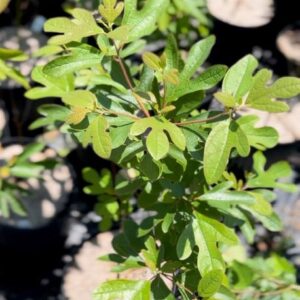
Liquidambar styraciflua is a native deciduous tree with star-shaped leaves and brilliant fall color, ideal for large landscapes and naturalized plantings.
$45.99 – $121.99Price range: $45.99 through $121.99
Please note: Sizes 1.5 Gallon and up can’t be shipped outside the counties of Nassau, Suffolk, and Queens.
Learn more about how the process works and how our plants are delivered.
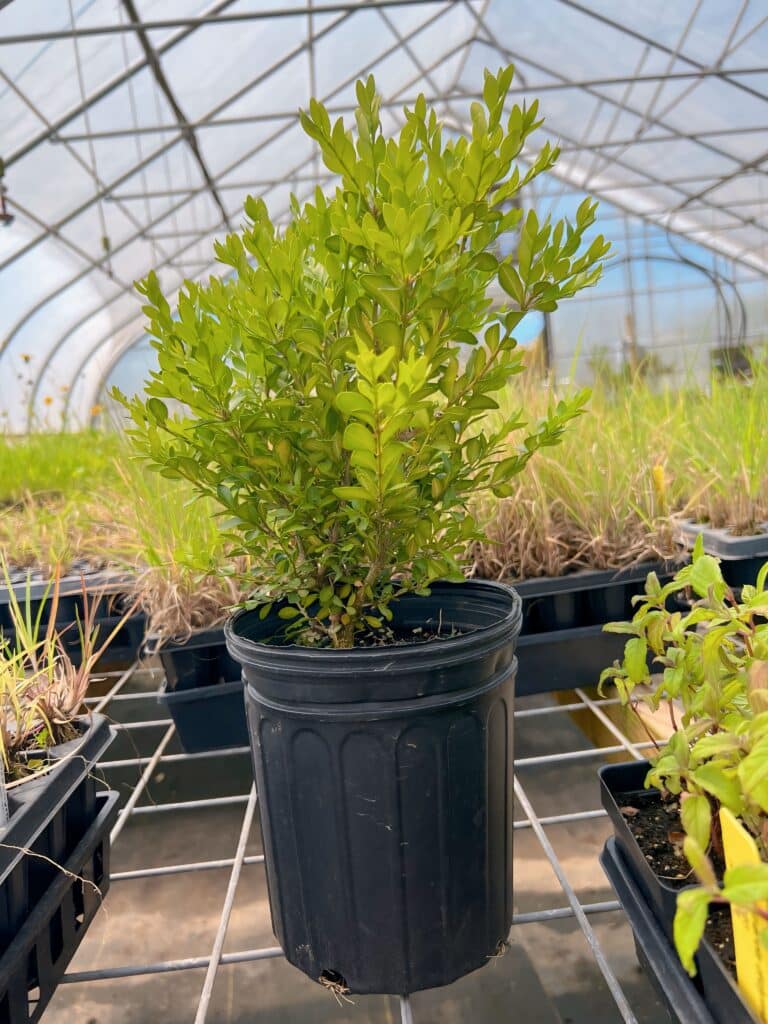
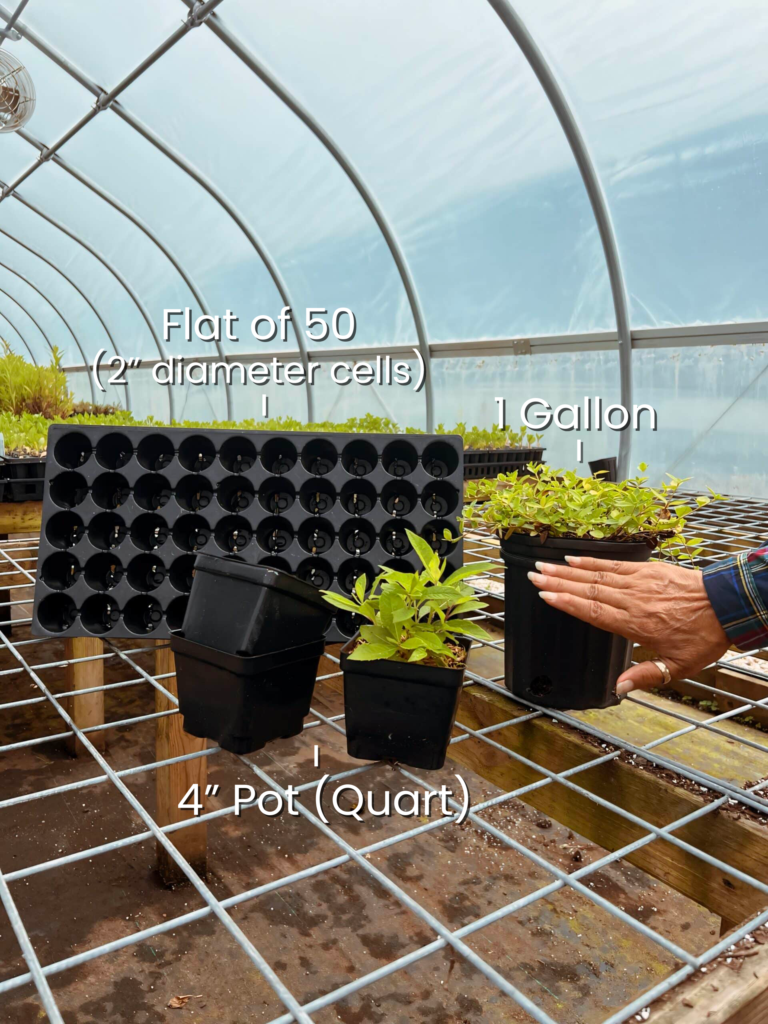

Ground shipping is paused due to summer heat. Only local delivery (Long Island & Queens) is available. Orders placed during the pause will begin processing September 1, and ground shipping will resume September 15.
| Size | |
|---|---|
| Common Name | |
| Type | |
| Family | |
| Native? | |
| Zone | 5, 5b, 6, 7, 8, 8b, 9 |
| Height Range (ft.) | 60 to 75 |
| Spread (ft.) | 40 to 50 |
| Bloom Time | |
| Bloom Description | inconspicuous flowers, yellow-green |
| Sun | |
| Water | |
| Maintenance | |
| Suggested Use | |
| Tolerate | |
| Growth Rate | |
| Attracts |
Liquidambar styraciflua, commonly known as Sweetgum, is a large, deciduous native tree admired for its star-shaped leaves, vibrant fall color, and strong pyramidal form. It typically grows 60 to 75 feet tall and 40 to 50 feet wide, with a straight trunk and deeply furrowed gray bark. In autumn, the foliage turns brilliant shades of yellow, orange, red, and purple—often all on the same tree. Sweetgum also produces spiky seed balls that persist into winter. It is commonly used in parks, large residential lots, and naturalized areas where space allows and its unique form can shine.
Brilliant fall color: Multicolored leaves provide one of the most vivid autumn displays
Native hardwood: Supports wildlife and adds ecological value
Strong structure: Upright form with long-lasting seasonal interest
Sun exposure: Full sun for best growth and color
Soil needs: Moist, well-drained, slightly acidic soil; tolerates clay
Maintenance: Low—allow space for roots and mature canopy; seed balls can be messy
Large shade tree: Ideal for parks, open lawns, or expansive properties
Naturalized plantings: Works well in native or reforested landscapes
Autumn showcase: Adds unforgettable color to fall gardens
Wildlife habitat: Provides shelter and food for birds and small mammals
Pollinator value: Flowers attract some insects; seeds feed wildlife
Native species: Strengthens biodiversity and ecosystem resilience
/5
Total reviews
|
|
Persons recommended this product
Anonymous
Shopper
check_circle Verified
Shop owner replied
Was this helpful
Anonymous
Shopper
check_circle Verified
Shop owner replied
Was this helpful
There are no reviews yet.
Be the first to review “ ”
Your feedback helps us improve our service.
Please log in to submit a review.
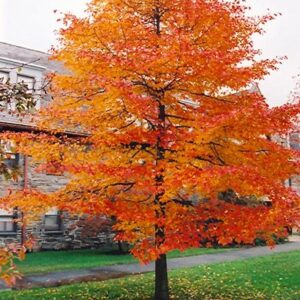
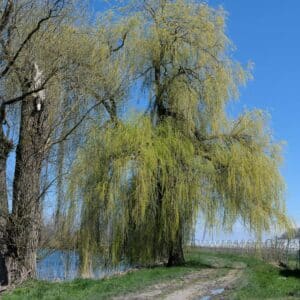
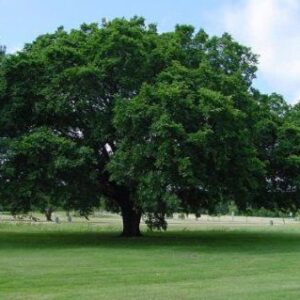
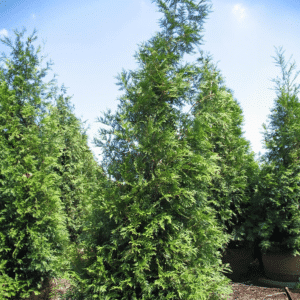

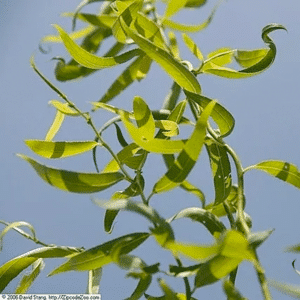
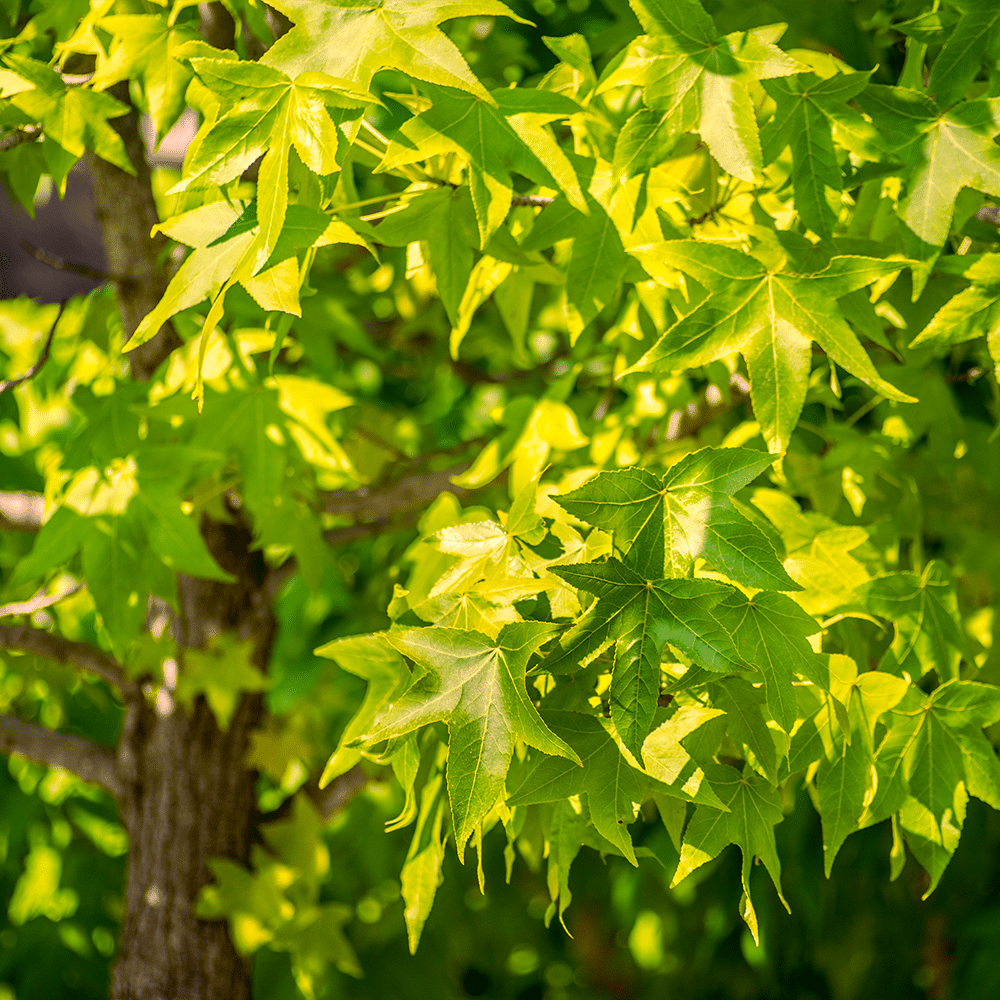
Sweetgum thrives in full sun and prefers moist, well-drained, slightly acidic soil. It tolerates a wide range of soil types, including clay, loam, and sandy soils, and can also handle periodic flooding or wet conditions. It’s a hardy and adaptable native tree ideal for open landscapes or restoration areas.
Sweetgum is a large, deciduous tree that typically grows 60–75 feet tall and 30–50 feet wide. It develops a straight central trunk and a broad, pyramidal to rounded canopy. This makes it best suited for large properties, parks, and naturalized plantings, where it has room to spread.
Sweetgum is known for its exceptional fall color, ranging from yellow to orange, red, burgundy, and even purple—all on the same tree. This brilliant and varied display makes it one of the showiest native trees for autumn interest.
Yes, Sweetgum is known for producing spiky, round seed capsules—often called “gumballs.” These typically drop in late fall and winter. While they’re not harmful, they can be a bit messy on lawns or walkways, so placement should be considered accordingly.
Absolutely. Sweetgum provides seeds for birds and small mammals, while its dense canopy offers cover and nesting habitat. It’s also a host plant for native moth species, making it a valuable tree in native and wildlife-friendly landscapes.
Our gift cards make it easy to share the beauty of plants, flowers, and all things green. Whether for a special occasion or just because, give the gift of choice and let them select their favorites to create a garden they’ll cherish.
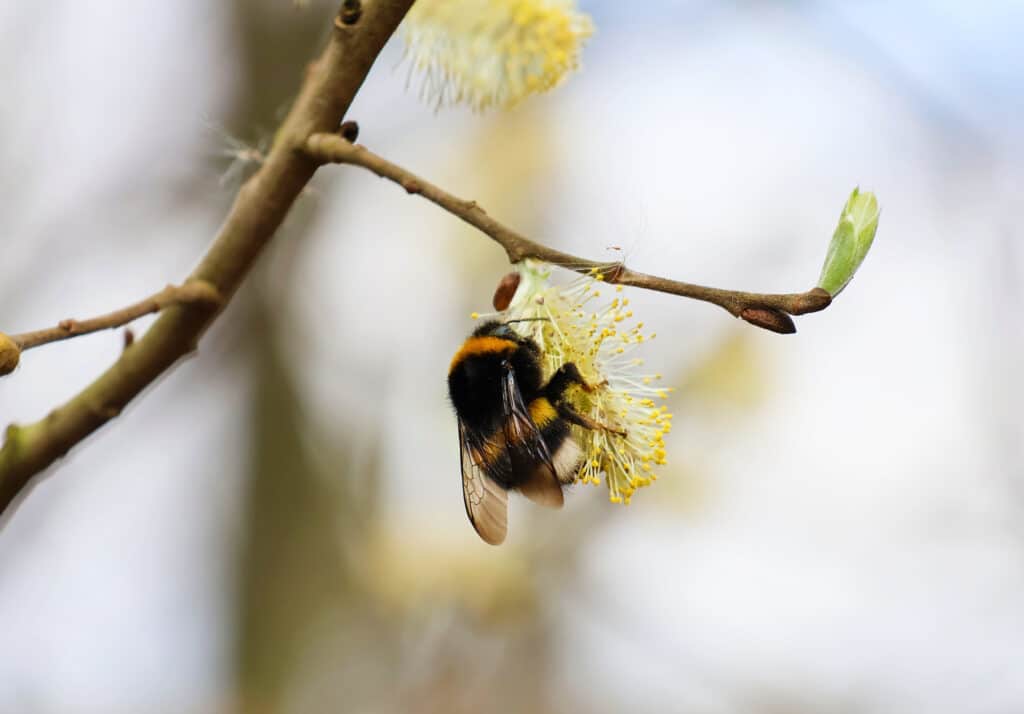
Only Local Delivery Available (Long Island & Queens)
Ground Shipping Paused
To protect our plants from extreme summer heat, we’ve paused nationwide ground shipping to avoid any damage during transit.
Local Delivery Only
We’re still delivering locally to Long Island and Queens, so nearby customers will continue to receive orders as usual.
Fall Pre-Orders Are Open Nationwide!
We will resume normal shipping for non-local orders placed during the pause in early September.
Thank you for your support and understanding—we’re looking forward to growing with you this fall!